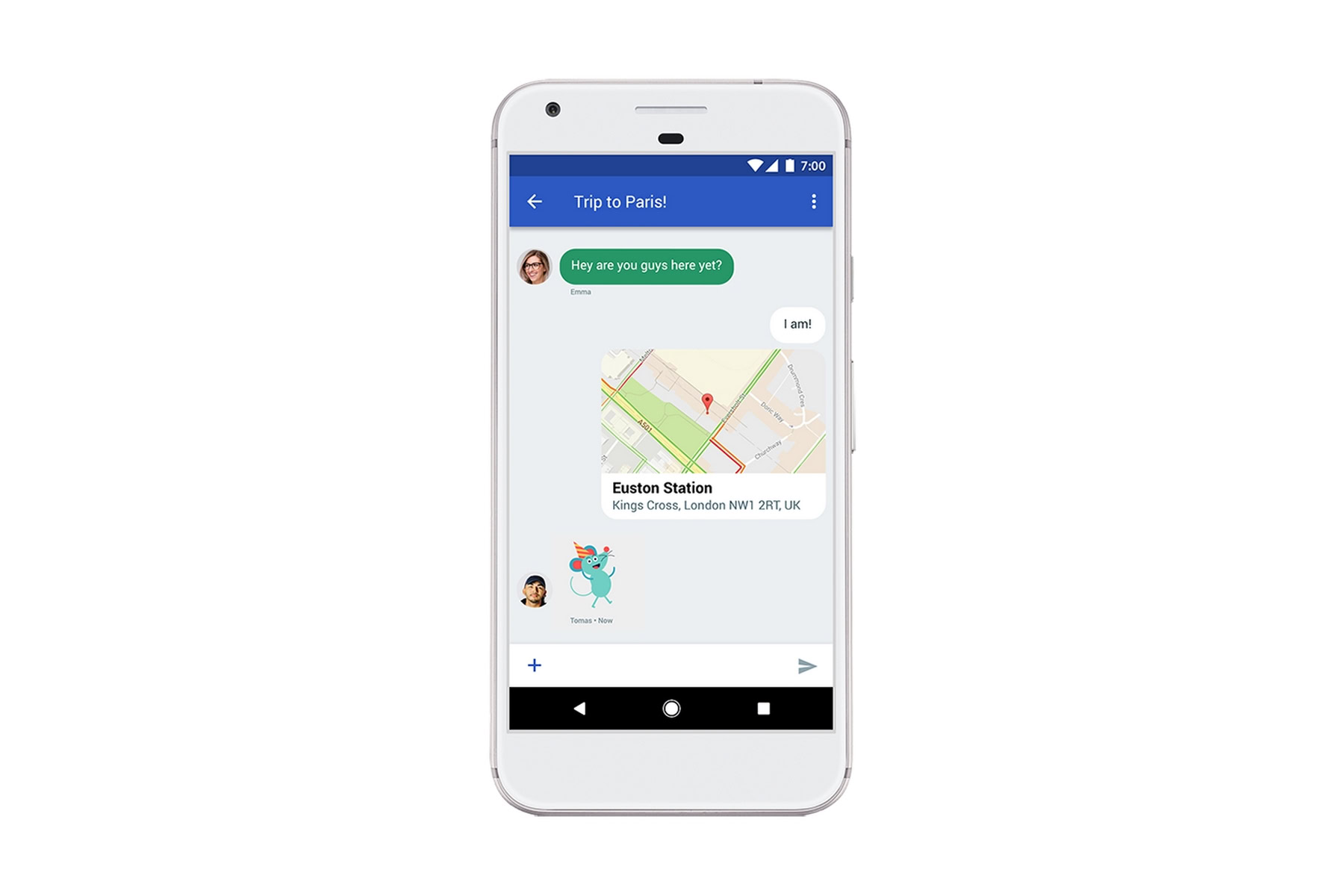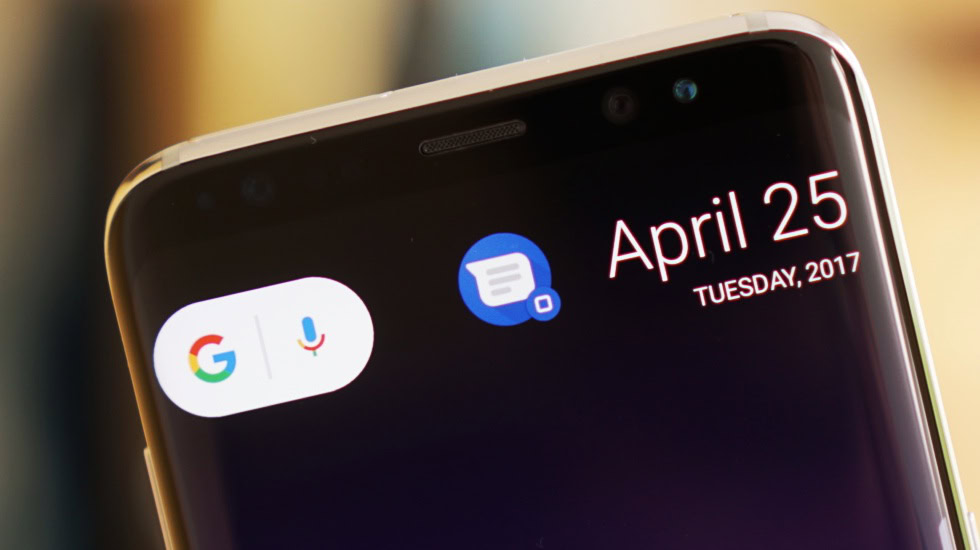Affiliate links on Android Authority may earn us a commission.Learn more.
Google will roll out RCS messaging (Update: Live now in select countries)
June 04, 2025
Update, July 21, 2025 (10:20 AM ET):After announcing earlier this month that it would do so, Google is now rolling out RCS messaging to the United Kingdom and France (via9to5Google). Google is branding its RCS messaging features as “Chat.”
Chat will eventually work on any Android device as long as the default messaging service is set to Messages (formerly Android Messages). However, during this initial rollout, it appears only Pixel devices with physical SIM cards installed are seeing the features.
![]()
You will also need to opt-in to use the features — Messages will notify you when the rollout reaches your device.
Original article, July 14, 2025 (04:29 PM ET):For many iPhone users, the biggest thingholding them back from switchingto Android isiMessage, the SMS replacement service Apple controls.RCS messagingis supposed to be the answer to this problem by bringing iMessage-like features to Android devices.

The problem has been that the various carriers around the world have beendragging their collective feetwhen it comes to rolling out RCS support. Google has been trying valiantly topush carriers to speed up the process, but things aren’t going much faster.
Now, according toThe Verge, Google is throwing in the towel on getting the carriers to bring RCS to the masses. Instead, Google is just going to roll it out itself.

Starting this month (!!), Android smartphone owners in France and the United Kingdom who use the officialMessages appwill be able to opt-in to RCS messaging. This service — marketed with the more consumer-friendly name “Chat” — will be controlled by Google and will work across all Android devices on all carriers.
How will Google-controlled RCS work?
RCS — which stands for Rich Communication Services — is a complicated beast. You canclick hereto read our full breakdown of what it is and why it’s important, but we’ll give a quick summary in case you’re short for time.
RCS essentially is the “upgraded” version of SMS, which is what we use to compose traditional text messages from one phone number to another. With SMS, you’re able to only send strings of unencrypted text between devices. They are also stored for a period of time on servers owned by wireless carriers.

With RCS, you’re not limited to just sending strings of text. You can send media files such as images and video, as well as hyperlinks and things like GPS coordinates that link directly toGoogle Maps. You can also get read receipts (a notification that the person you’re communicating with has read your message) as well as keyboard activity notifications (the person you’re communicating with is in the middle of typing a message to you).
In the beginning, Googlewanted the carriers to control RCS themselves. One of the problems with Apple’s iMessage is that Apple controls it all; it’s never good when one entity controls the whole system. To avoid this, Google wanted to help carriers roll it out on their own.

Carriers didn’t prioritize the rollout and Android users have languished on SMS ever since.
With Google taking over, your carrier’s support of RCS — or lack thereof — is taken out of the equation. Now, when you send an RCS message to someone, it flies through Google’s servers and then Google distributes it appropriately to the intended recipient. If the intended recipient is Google Chat-ready, they’ll get an RCS message. If their phone isn’t Chat-ready but their device and carrier support RCS, they’ll get an RCS message. If neither of those requirements is met, Google will default back to SMS. It’s that simple.
RCS messaging is still locked to phone numbers, which means you’ll only be able to text from your phone. Apple’s iMessage works on multiple devices — including desktops, laptops, and tablets — because it’s not using your phone number to communicate. Google’s Chat won’t have that, so your messaging will be locked to your phone. However, you’ll still be able to manipulate your messages through desktop programs, such asGoogle’s web interface for Messages, but your phone will do the sending and receiving, not your secondary device.
This sounds awesome! Is there a downside?
There are two very big downsides to Google taking over RCS messaging.
The first is that — at least as of right now — there is noend-to-end encryptionavailable with RCS. That means the text you send to your friend can be read in transit, both by Google’s servers and anyone who had the know-how on listening in (like your carrier, for example).
To Google’s credit, it promises that end-to-end encryption will eventually be available. It also promises that when a message is sent and received by the recipient, that message will get deleted from Google servers. This, obviously, is not as good as encryption, but it’s a start.
The second downside to this system is the same downside with iMessage, which is that Google will control messaging. There are two billion Android devices around the world, most of which are smartphones. With this new RCS system, Google could control how around 75 percent of the total global devices communicate.
Once again, to Google’s credit, it wanted to avoid this. It gave the carriers more than enough time to figure RCS out for themselves, but they clearly aren’t giving it any amount of serious priority. Google knows that Android will always be a second-rate operating system in the eyes of iPhone users while SMS is Android’s default communication tool, and it needs to change that — with or without the carriers’ help.
When will the RCS rollout affect me?
As of right now, the only two places in the world where RCS will work this way is the United Kingdom and France. According to Google, it is testing Chat out in these relatively small locations to ensure everything works as planned. Then, eventually, it will roll it out to other areas of the world.
Don’t let this bring you down if you don’t live in the U.K. or France. Before today, your wait for RCS messaging was likely years long; now, it’s far shorter. Assuming things go well during these early test runs, RCS could be in your area sooner than you might think.
Click the button below to learn more about RCS, Chat, and what it will mean for you on your smartphone.
NEXT:What is RCS messaging and why is it important?
Thank you for being part of our community. Read ourComment Policybefore posting.